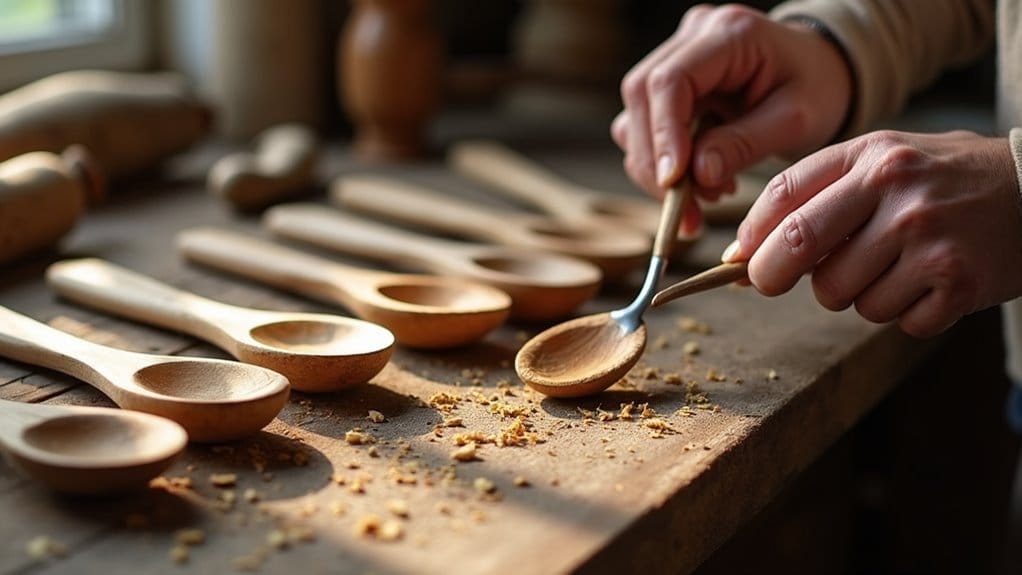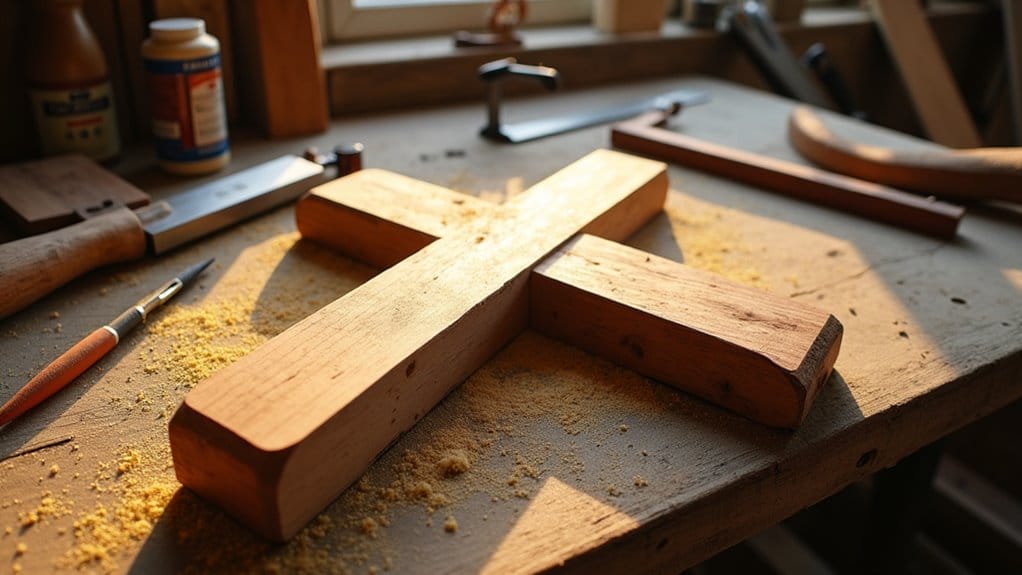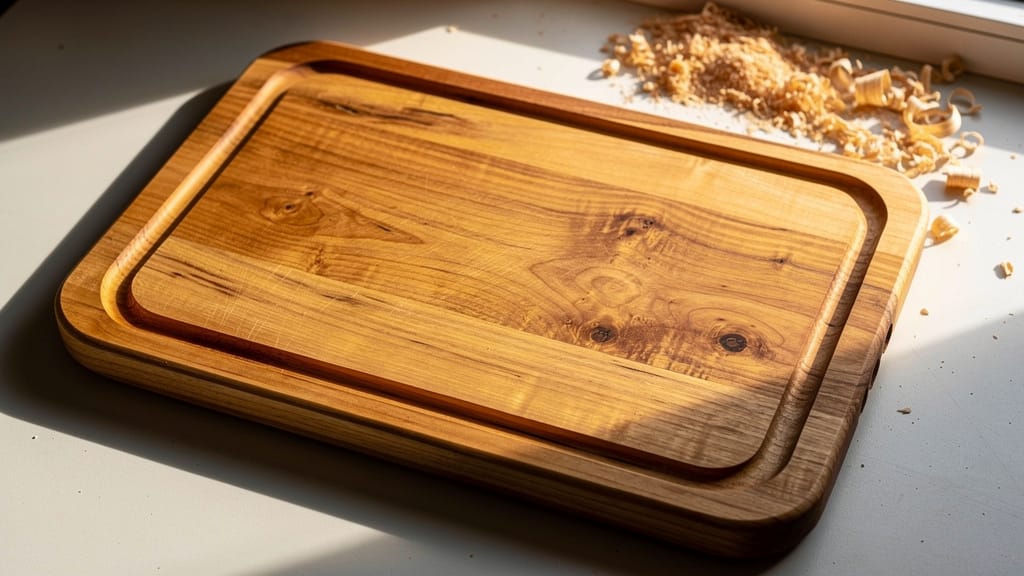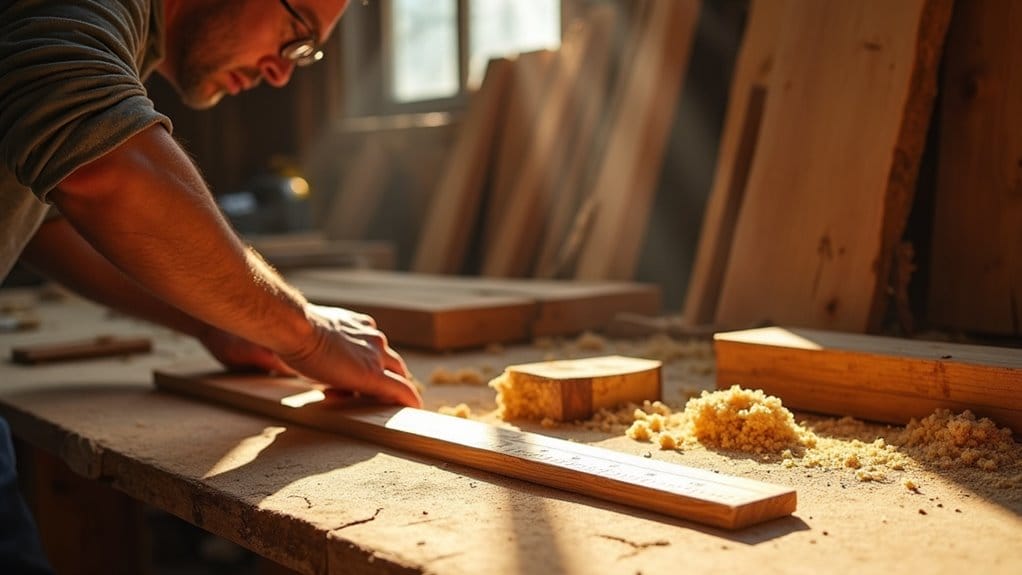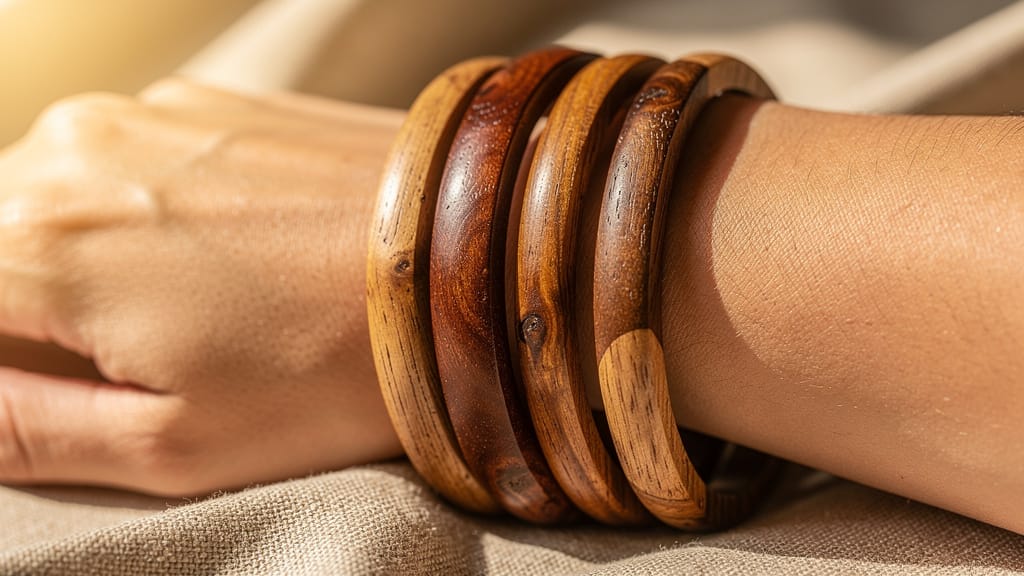Handmade wooden crafts embody the warmth of human touch, the memory of tradition, and the intimate relationship between material and maker. These pieces are at once functional, decorative, and narrative: each one reveals the artisan’s skill, the wood’s unique character, and the cultural story behind its making.
Key Takeaways
- Handmade wooden crafts combine human touch, cultural narrative, and functional durability, offering unique value compared with mass-produced items.
- Sustainable sourcing and finishing—local timber, natural oils, and reforestation—make the craft environmentally responsible when practiced conscientiously.
- Supporting handmade crafts promotes economic resilience in artisan communities through fair trade, apprenticeships, and direct market access.
- Preserving the craft requires education, documentation, and thoughtful design collaborations that respect traditional techniques while meeting contemporary needs.
- Proper care and repair extend the life of wooden pieces, reinforcing the craft’s contribution to a less disposable culture.
Craftsmanship at the Core
At the center of handmade wooden crafts is the hand-driven process. Skilled artisans use hand carving, traditional joinery, and careful sanding and finishing to transform timber into furniture, décor, utensils, and sculptural objects. The subtle variations—tool marks, slightly uneven surfaces, and the way grain meets a carved line—are evidence of human involvement and time investment, making each item unique and tactile.
- Hand tools and bench techniques
- Generational knowledge transfer
- Sensitivity to material behavior
Storytelling and Cultural Meaning

Many handmade wooden pieces encode local myths, family stories, or cultural symbols. Carved motifs, inlaid symbols, or painted patterns can turn utilitarian objects into readable cultural artifacts. Bringing such an object into a home adds narrative depth: it becomes a conversation starter that connects daily life to heritage. The iconography used—flora, fauna, mythic figures, or purely geometric motifs—often reveals the region’s values and history.
Design Versatility: Forms and Functions
Wood crafts span a wide range of forms: ornamental panels and sculptures, practical tables, chairs, and cabinets, and everyday kitchenware. Makers and designers blend function and expression, producing works that suit rustic, modern, or hybrid interiors. This design versatility makes wooden crafts adaptable across tastes and settings, enabling both large statement pieces and subtle accents.
Table 1 — Common handmade wooden categories and uses
| Category | Primary Use | Aesthetic Traits |
|---|---|---|
| Furniture (tables, chairs, cabinets) | Daily use; focal pieces | Structural presence; visible grain |
| Decorative items (panels, screens, sculptures) | Space accent; symbolic meaning | Fine carving; motif diversity |
| Household utensils (bowls, boards, spoons) | Practical use | Warm hand feel; durability |
Sustainable Practices in Woodworking
Sustainability is central for many contemporary woodworkers. Responsible makers prioritize locally sourced, renewable timber, use low-impact finishes, and engage in reforestation or forest stewardship. These practices reduce environmental pressure and create a regenerative relationship between craft and landscape. Additionally, choosing reclaimed or salvaged wood not only reduces demand for fresh timber but also adds layered histories to new objects.
- Local material sourcing
- Natural oils and waxes for finishing
- Tree-planting or sustainable harvest programs
Social and Economic Impact of Handmade Woodcraft

Handmade woodcraft supports rural and urban artisan economies by providing skills-based employment, preserving workshop ecosystems, and enabling income through direct sales and cooperatives. Fair trade principles and transparent pricing ensure that value flows back to makers and their communities, strengthening livelihoods and cultural continuity. For many regions, craft production is part of an economic ecosystem that includes small-scale forestry, local markets, and tourism.
The Making Process — Patience and Skill
Creating a handmade wooden object involves: material selection → design sketching → rough cutting → carving/joining → sanding and finishing → inspection. Each step demands material knowledge: choosing timber for grain, stability, and workability; carving with respect to fibers; and finishing to enhance longevity and tactile quality. The craft is cumulative—skills sharpen through repetition and mentorship. For instance, understanding how a particular species moves with humidity informs joint choices and finishing techniques that prevent cracking or warping.
Table 2 — Typical woods and suitable uses
| Wood species | Typical uses | Characteristics |
|---|---|---|
| Cherry | Tabletops, veneers | Warm tone; fine, even grain |
| Walnut | High-end furniture, carving | Dense; deep, elegant grain |
| Pine | Country furniture, structural parts | Lightweight; clear grain; easy to work |
Regional Styles and Distinct Techniques
Local resources and cultural histories produce distinct aesthetic languages and technical approaches. Regions with hardwood availability may favor dense carving and inlay, while others emphasize lightweight joinery and painted surfaces. Some traditions prize complex interlocking mortise-and-tenon and dovetail joinery that require no metal fasteners; others focus on ornamental relief carving or lacquer finishes. This diversity enriches the global vocabulary of wooden craft and offers collectors a wide palette of expressions.
Market Recognition and Current Trends

As contemporary consumers prioritize authenticity, sustainability, and provenance, handmade wooden crafts have gained international interest. Buyers appreciate the uniqueness, ecological credentials, and stories behind objects. This growing demand opens channels for artisan businesses—direct online sales, cooperatives, export markets, and collaborations with designers—while encouraging adaptations that respect tradition but respond to modern lifestyles.
Preservation and Transmission of Skills
Sustaining the craft requires both tradition and adaptation: apprenticeships, workshop networks, design education, and documentation are crucial. Integrating modern production methods carefully—without erasing core techniques—helps traditions meet present-day needs. Digital platforms (catalogues, instructional videos, virtual marketplaces) also play a key role in passing skills and showcasing work, while public programs and grants can fund training and tool acquisition.
- Apprenticeship and mentorship programs
- Community workshops and cooperative models
- Digital documentation and online sales channels
Connecting Makers and Buyers Transparently
Direct connections between artisans and customers—through markets, cooperatives, galleries, and online platforms—ensure transparency and fair compensation. For businesses, incorporating handmade wooden items into product lines provides differentiation rooted in story, sustainability, and quality. Buyers gain authenticity, traceability, and care guidance straight from makers. Certifications or documented provenance further increase buyer confidence and can justify premium pricing that supports artisanal livelihoods.
Practical Care and Longevity of Wooden Pieces
Part of the charm of wooden crafts is their potential to improve with age. Proper care—regular dusting, occasional re-oiling with natural oils, keeping pieces out of prolonged direct sunlight and extreme moisture—helps wooden objects maintain their beauty and structural integrity. Small repairs, like re-gluing joints or replacing worn finishes, are often feasible and preferable to replacement, supporting longer life cycles and lower environmental impact.
Design Collaboration and Modern Adaptation

Contemporary designers and artisans increasingly collaborate to translate traditional techniques into contemporary products. These collaborations can introduce new forms, hybrid materials, and scalable workshop practices while retaining handcrafted signatures. The key is respectful adaptation: maintaining the core skills and identity of the craft while addressing current ergonomic, aesthetic, and sustainability concerns.
Economic models that support scale without erasing craft include limited-edition series, made-to-order workflows, and transparent pricing that compensates artisans fairly. These models can expand market reach while keeping production aligned with artisanal values.
Conclusion
The charm of handmade wooden crafts lies in a convergence of material, maker, and meaning. These objects carry the imprint of skilled hands, the story of a place, and the potential for long, well-cared-for lives. Choosing handmade wood supports environmental stewardship, preserves traditional skills, and brings warmth and narrative into everyday life. By selecting thoughtfully, caring properly, and engaging fairly with makers, buyers help sustain both craft and community for future generations.
FAQs
How do I verify that a wooden piece is truly handmade?
Look for subtle irregularities—tool marks, slight asymmetry, and hand-finished surfaces—ask sellers about the maker and workshop, request photos or videos of the making process, and prefer pieces with clear provenance or cooperative certification.
Which finishes are best for food-contact wooden items like bowls and cutting boards?
Choose food-safe natural finishes: mineral oil, beeswax blends, or food-grade tung oil. Avoid finishes containing polyurethanes or toxic solvents on items used for food unless the product specifically states food-safe certification.
How should I care for a handmade wooden table?
Dust regularly, avoid placing hot or wet items directly on the surface, use coasters and placemats, reapply natural oils or waxes periodically depending on use, and keep the piece away from direct heat sources and extreme humidity swings.
Is reclaimed wood always a sustainable choice?
Reclaimed wood reduces demand on forests and adds history to pieces, but verify the source: reclaimed material must be free from harmful treatments (lead paint, chemical residues) and its reclamation should not encourage illegal logging or unsafe practices. Responsible sellers disclose sources and treatments.
What are fair ways to support artisan communities when buying wooden crafts?
Buy directly from makers or verified cooperatives, pay fair prices that account for time and skill, choose items with transparent provenance, participate in crowdfunding or sponsorship of apprenticeships, and promote artisans through reviews and referrals.






